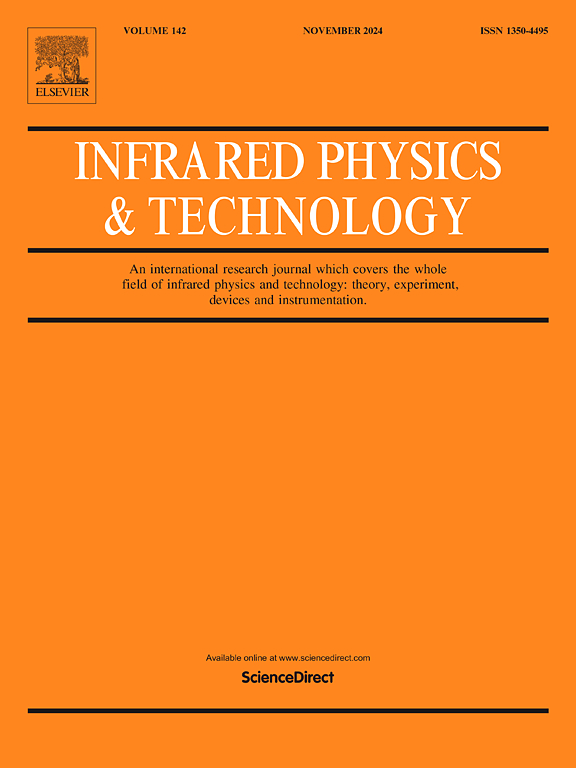Rapid non-destructive identification of blueberry origin based on near infrared spectroscopy combined with wavelength selection
IF 3.1
3区 物理与天体物理
Q2 INSTRUMENTS & INSTRUMENTATION
引用次数: 0
Abstract
To realize the nondestructive identification of blueberry origin, near-infrared spectroscopy was used to obtain the original spectral data of blueberry. Given the problems of spectral bandwidth, severe overlap, and complicated information analysis in the collection of near-infrared spectral data, we integrated successive projection algorithm (SPA) and sparrow search algorithm (SSA) with partial least squares regression (PLS) and support vector machine (SVM), respectively, resulting in the construction of two wavelength selection (WS) models: SPA-PLS and SSA-SVM for WS from blueberry spectral data, 30 and 148 wavelength variables were selected respectively. To further enhance the accuracy of blueberry origin identification, we incorporated SSA into both Optimal Latin hypercube idea and Osprey algorithm, creating a multi-strategy hybrid sparrow search algorithm (ZOSSA). This approach reduced the number of selected wavelengths from 148 to 36. Using wavelengths selected from three different techniques as input subsets, a blueberry origin recognition model is constructed by placing them separately into a support vector machine. The experimental results prove that the performance of the wavelength-optimized model is higher than that of the full spectra performance, and the wavelength variables screened by ZOSSA have the best effect. The wavelength variables identified by ZOSSA exhibit superior performance with an accuracy rate of 96.21%, precision rate of 95.12 %, recall rate of 94.78 %, and F1 score of 94.94 % on the test set; surpassing those obtained using SPA (89.39 %, 87.43 %, 88.72 %, and 88.08 %) as well as SSA (90.15 %, 87.90 %, 88.16 %, and 88.02 %). The method strikes a balance between selecting an appropriate number of wavelengths while maintaining high model performance levels; thus meeting requirements for fast, accurate, nondestructive origin identification not only for blueberries but also providing novel insights for identifying origins in other agricultural products.
求助全文
约1分钟内获得全文
求助全文
来源期刊
CiteScore
5.70
自引率
12.10%
发文量
400
审稿时长
67 days
期刊介绍:
The Journal covers the entire field of infrared physics and technology: theory, experiment, application, devices and instrumentation. Infrared'' is defined as covering the near, mid and far infrared (terahertz) regions from 0.75um (750nm) to 1mm (300GHz.) Submissions in the 300GHz to 100GHz region may be accepted at the editors discretion if their content is relevant to shorter wavelengths. Submissions must be primarily concerned with and directly relevant to this spectral region.
Its core topics can be summarized as the generation, propagation and detection, of infrared radiation; the associated optics, materials and devices; and its use in all fields of science, industry, engineering and medicine.
Infrared techniques occur in many different fields, notably spectroscopy and interferometry; material characterization and processing; atmospheric physics, astronomy and space research. Scientific aspects include lasers, quantum optics, quantum electronics, image processing and semiconductor physics. Some important applications are medical diagnostics and treatment, industrial inspection and environmental monitoring.

 求助内容:
求助内容: 应助结果提醒方式:
应助结果提醒方式:


